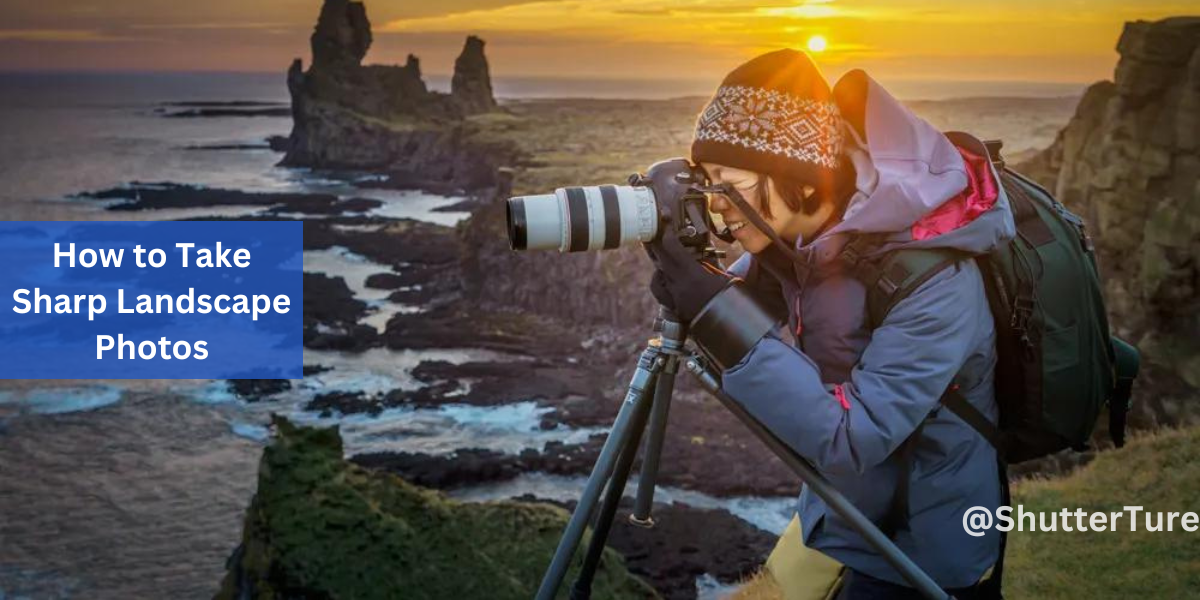A few years ago, I wrote an article on how to take sharp landscape photos, since sometimes, getting the sharpest result can be a bit harder than we think. Reviewing the images on a larger display, like a computer, we can realize that the sharpness of our pics are not as good as we have thought on the field looking at the LCD screen of the camera. Here are some tips how to avoid blurry images…
1. Use a tripod
Using a tripod is really recommended when taking landscape photos. Even if you can hold the camera really steady, you can get blurry images in low lights or with a small aperture. You can boost your ISO to compensate and to be able to use higher shutter speed, however, it can lead to noisy images with loss of details. In low lights, for example in dawn or sunset, it’s virtually a must to use a tripod.
2. Turn off your VR/IS
Using a tripod, you’d better turn off your VR/IS (vibration reduction / image stabilizer), since it has an own vibration. When shooting from hands, it’s really useful, however, in this case, It’s totally useless and can lead to blurry images.
3. Use a remote control or self-timer
Pressing the shutter button makes the camera shake a bit, so it’s recommended to use a remote control. If you don’t have any, it’s a perfect solution using the self-timer on your camera.
4. Choose the right aperture
As for zoom lenses, at the edges of the aperture range, you won’t get as sharp images as somewhere in the midrange. For example, if the aperture range of the lens is between f/4 and f/22 then you can get evidently sharper photos on f/8 or f/11 than on f/4, f/16 or f/22.
5. Lock up the mirror
In the case of DSLRs, when the mirror is getting locked up, it makes your camera shake a bit. Using this function, you can avoid this and you can get really sharp pictures. It’s really important and by now, when I shoot landscapes with a tripod and a remote control, it’s always a standard setting. On my Nikon camera, it’s called “Exposure delay mode”.
Summary
By following these simple steps, noticeably sharper photos can be taken. I hope this article was useful and always remember these points when shooting landscapes.

